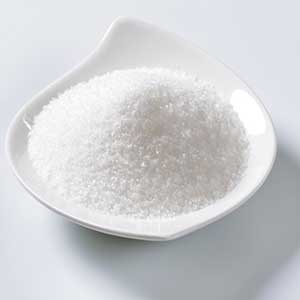
News
Αυγ . 21, 2024 19:03 Back to list
Exploring the Relationship Between Polymer Structures and Amino Acid Monomers
Understanding the Role of Monomers in Polymer Chemistry Focusing on Amino Acids
In the vast realm of chemistry, the interplay between monomers and polymers is fundamental to understanding the construction of various materials that serve numerous functions in both nature and technology. Monomers serve as the building blocks for polymers, and when it comes to the creation of biopolymers, amino acids are of particular significance. This article explores the relationship between amino acids as monomers and their role in forming proteins, which are vital macromolecules in all living organisms.
Understanding the Role of Monomers in Polymer Chemistry Focusing on Amino Acids
The process of polymerization involves linking monomers together to form long chains called polymers through peptide bonds. A peptide bond forms when the carboxylic acid group of one amino acid reacts with the amino group of another, releasing a molecule of water in a process known as dehydration synthesis. This reaction is the foundation of protein synthesis in biological systems, taking place in ribosomes where mRNA guides the order of amino acids in a polypeptide chain.
polymer monomer amino acid

The diversity of proteins is attributed to the sequence and arrangement of amino acids in polypeptides. Even a change in a single amino acid can significantly alter a protein's structure and function, illustrating the importance of the order in which these monomers are connected. For instance, hemoglobin, the oxygen-transporting protein in red blood cells, has a specific sequence of amino acids that allows it to bind oxygen efficiently. In contrast, a mutation that alters just one amino acid can lead to conditions such as sickle cell anemia, showcasing the critical role that these monomeric units play in biological functioning.
Beyond their biological significance, amino acids and their derived polymers (proteins) are also important in various technological applications. In the field of materials science, polymers derived from amino acids—such as poly(lactic acid)—are gaining attention as biodegradable alternatives to conventional plastics. These biopolymers can be produced from renewable resources, reducing reliance on petroleum-based products and minimizing environmental impact. Furthermore, advancements in biotechnology have enabled the design of synthetic peptides with tailored properties for applications in drug development, tissue engineering, and nanotechnology.
In addition to their structural and functional roles, amino acids also act as signaling molecules, regulating metabolic pathways and influencing gene expression. The study of how amino acids function as both monomers and signaling entities is an exciting area of research, bridging molecular biology and polymer chemistry. This duality underscores the complexity of biological systems and the intricate relationships between structure and function.
In conclusion, amino acids are more than mere building blocks of proteins; they are essential components of life, contributing to the vast diversity of biological processes. Their role as monomers in the polymerization process illustrates the beauty of molecular assembly, where simple structures combine to create complex and functional entities. As research progresses, the potential for applying these fascinating monomers in new technologies continues to expand, promising innovative solutions to some of the critical challenges facing humanity today. Understanding the chemistry of amino acids in the context of polymers not only enriches our knowledge of biology but also opens avenues for sustainable development and advanced materials.
-
Polyaspartic Acid Salts in Agricultural Fertilizers: A Sustainable Solution
NewsJul.21,2025
-
OEM Chelating Agent Preservative Supplier & Manufacturer High-Quality Customized Solutions
NewsJul.08,2025
-
OEM Potassium Chelating Agent Manufacturer - Custom Potassium Oxalate & Citrate Solutions
NewsJul.08,2025
-
OEM Pentasodium DTPA Chelating Agent Supplier & Manufacturer High Purity & Cost-Effective Solutions
NewsJul.08,2025
-
High-Efficiency Chelated Trace Elements Fertilizer Bulk Supplier & Manufacturer Quotes
NewsJul.07,2025
-
High Quality K Formation for a Chelating Agent – Reliable Manufacturer & Supplier
NewsJul.07,2025
